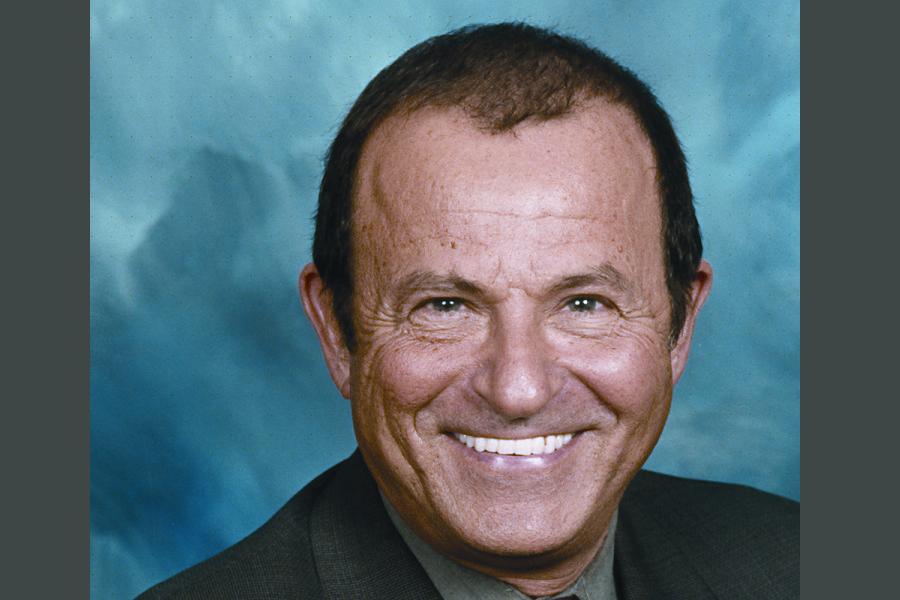Last month, Hudson’s Bay Co. ceo Richard Baker stepped into a dizzying world, courtesy of his acquisition of Saks Fifth Avenue.
It was a world of Parisian international diplomacy, fashion and glamour in the Eighth Arrondissement.
I’m not saying Baker is a newcomer to the high life. This is a guy from tony Greenwich, Conn., an Ivy League education from Cornell University, and a business success with his father’s National Realty Development Corp. He owns the oldest company in North America.
But in January, it was the Saks Fifth Avenue Baker – not the Hudson’s Bay Baker – who was guest of honor at a cocktail party at the U.S. ambassador’s residence on Avenue Gabriel in Paris, near Place de la Concorde.
As The New York Times reported, Anna Wintour (Vogue) put the brunch together. The guests from the fashion world included the likes of François-Henri Pinault (Kering), Pierre-Yves Roussel (LVMH), Stefano Sassi (Valentino), Sidney Toledano (Dior), Diego Della Valle (Tods) and designers like Karl Lagerfeld, Reed Krakoff, Viktor & Rolf.
Baker told them what they all wanted to hear. “People should put their seatbelts on, it’s going to be an exciting ride.” He talked about a $1 billion investment.
Advertisement
And they were impressed and hopeful. But, you know, they remembered BATUS Inc. and they remembered Proffitt’s.
“For a long time, there was no retail investment in the United States, neither at Saks nor elsewhere,” said Roussel. “You can see that when investments are made intelligently, as we have seen at Bergdorf . . . it is very successful.”
“The way the world is working today, brands constantly need to reinvent themselves and move forward,” said Krakoff. “[Saks has] a long history in luxury, so I think we all expect them to be incredibly successful and create a lot of excitement in the luxury space.”
We talk all the time in this industry about footprints and sightlines, terrazzo and millwork, veneers and wallcoverings – the guts of the design, the budgets and construction problems, the wiring and the architecture.
But the full finished product is the brand statement. It’s an indication of just how much the retailer wants truly to stand out and make a new impression, rather than just a nice refresh. How much does the organization believe in what it’s doing? How much thought has gone into the experience, who the target shopper is and not only what she sees, but what she feels when she walks through the door?
And not just on Fifth Avenue. (And not in Off Fifth or online.) What will the commitment be in Phipps Plaza and Union Square, on Michigan Avenue and Greenwich Avenue, on Wilshire Boulevard and Worth Avenue, Short Hills and Somerset, Boca Raton and Bal Harbour?
Advertisement
Between sips of champagne, that’s what they wanted to know from Richard Baker on Avenue Gabriel.
As a journalist, writer, editor and commentator, Steve Kaufman has been watching the store design industry for 20 years, as editor of both DDI and VMSD magazines. He has seen the business cycle through retailtainment, minimalism, category killers, big boxes, pop-ups, custom stores, global roll-outs, international sourcing, interactive kiosks, the emergence of China, the various definitions of “branding” and Amazon.com. He has reported on the rise of brand concept shops, the demise of brand concept shops and the resurgence of brand concept shops. He has been an eyewitness to the reality that nothing stays the same, except the retailer-shopper relationship.


 Photo Gallery3 days ago
Photo Gallery3 days ago
 Headlines1 week ago
Headlines1 week ago
 Sector Spotlight2 weeks ago
Sector Spotlight2 weeks ago
 Headlines1 week ago
Headlines1 week ago
 Headlines4 days ago
Headlines4 days ago
 Headlines2 weeks ago
Headlines2 weeks ago
 Designer Dozen1 week ago
Designer Dozen1 week ago
 Headlines2 days ago
Headlines2 days ago














